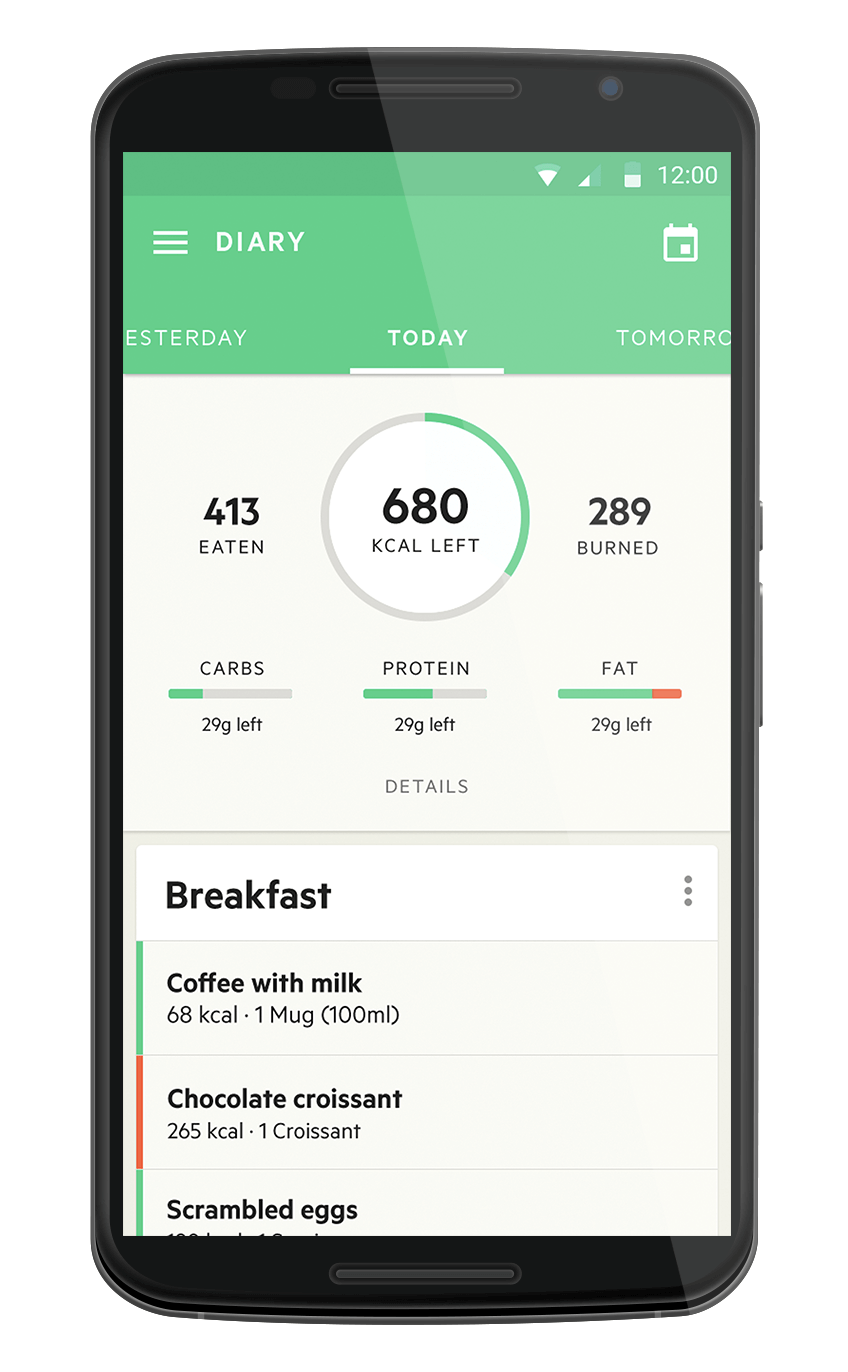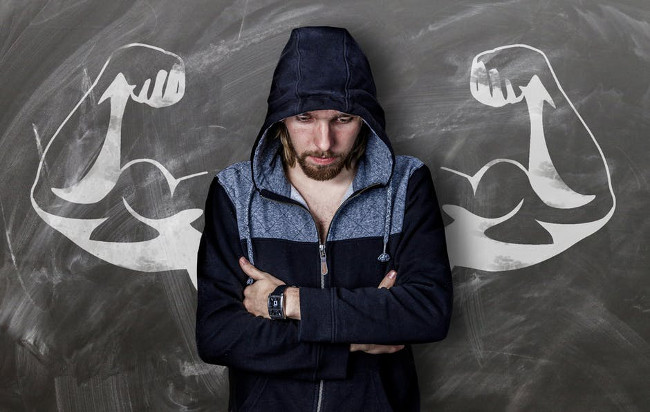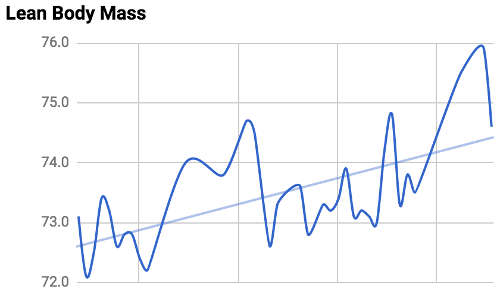Hunger is a clever mechanism to regulate our eating, granted we want to maintain our weight. But I’m guessing you want to change your body? Then you’ll need a better tool.
It’s not enough to just “hit the tracks” or get a gym membership if you want to make some serious and lasting changes to your body. Tens of thousand of years of evolution have made sure of that.
If you start exercising to burn fat your body will bump up your hunger too and you’ll unconsciously eat more, resulting in a zero sum result. Conversely, if you make an effort to eat more your spontaneous activity will increase and your extra energy burns away.
How well does this work exactly?
Eating just one small table spoon of olive oil extra per lunch and dinner you would gain over ten kilos per year. Normally people don’t put on nearly that much even without thinking much about what they’re eating. That’s how amazing our bodies are at keeping the status quo (homeostasis).
However there is a way to outsmart our own bodies: simple arithmetics!
Counting calories #
Counting calories can be incredibly complex, with many confounding factors:
Thermic Effect of Food (TEF, SDA, or DIT) means calories from different macronutrients will be absorbed differently. Most energy from fat is absorbed by our bodies1 while up one third of the energy from protein is spent in the metabolic process2.
Non-Exercise Activity Thermogenesis (NEAT) increases or decreases the number of calories we burn every day depending on how much we eat. This can vary several hundred kcal, per day.
The calories listed on foods’ nutritional label is an estimated average and thus not 100% correct.
Unless you’re measuring your exercise in a lab, calories burned will be a huge guesstimate.
As you grow and shrink your caloric need changes and a deficit that made you lose weight one week might not be enough the following week.

It’s impossibly complex to keep track of exactly how many calories are absorbed and burned.
But we don’t have to.
Think of it as a black box instead. We add calories (food) through one side and subtract calories (activity) from another side. The remaining calories in the box is our caloric balance; if it’s positive (above 0) we’ll gain weight and if it’s negative (below 0) we’ll lose weight.
The beauty of this is that you never have to bother with complicated calculations (that are never correct anyway). Instead of opening the box to look for the exact number inside you simply weigh it.
Step on a scale and look for yourself – have you lost or gained weight?
That tells you everything you need to know.
The black box method #
Using this black box method you have two variables to tweak: input and output.
Output is the sum of your daily activities and we’ll assume they are roughly the same every week. You probably train the same days, commute the same way, do the same hobbies, etc. If this varies a lot from week to week you’ll have to take that into account.
Input is the food you eat in a day. Breakfast, lunch, dinner, and all the snacks and drinks in-between.
NB: don’t change both variables too much at once. Try to keep one the same and tweak the other.
Calculate your TDEE #
So how many calories should you eat?
As a rough starting point for our input we’ll use something called Total Daily Energy Expenditure (TDEE). This is the number of calories you need to maintain the same weight you’re currently at.
I recommend calculating your TDEE for rest days and then adding to this the amount you burn when training. This makes it very easy to adjust your eating for days when you train hard, light, or not at all.
For your convenience I’ve put together a TDEE calculator:
Enter your numbers above
Adjust your TDEE #
Once you have your TDEE it’s time to start putting it to use.
Add or subtract 300 kcal from this number, depending on whether you want to gain or lose weight.
300 kcal roughly translates to 0.3 kg (0.7 lbs) gained or lost over a week. It’s a modest pace but one you should be able to sustain for a long period of time without too much complication.
Remember though – this number is just a very rough estimate. There are no guarantees this early in the process! Also, it can change over time and so we have to keep adjusting it as we go.
Track your calories input #

Using a fitness app like MyFitnessPal or LifeSum makes it easy to keep track of how much you eat.
Compare this to your TDEE to get an idea of your calorie balance. If you see that you’re low one evening, consider adding a night time snack. If you happen to shoot over your goal, simply catch up the following day by eating a little less.
Don’t make the mistake of thinking that protein bar on your way to training or that beer after work doesn’t count. Anything that goes in your mouth goes into your app!
Weigh daily, evaluate weekly #
Weigh yourself each morning and write down the weight. Don’t pay too much attention to this number because your weight can fluctuate a lot from one day to another and it’s not very useful.
Instead calculate your weekly average weight at the end of the week. This number we care about.
Some weeks – especially in the beginning, as we’re still fine-tuning the numbers – you will not have hit your gain or loss goals. If so, simply add or subtract another 300 kcal from your TDEE and try again next week.
Remember: don’t change your activity too much while trying to find this number. In other words, don’t add any crazy 6 am morning walks. One change at a time!
Eventually you’ll find your magic number and each week will bring you closer to your goal. As you shrink or grow your TDEE will keep changing, so you have to keep adjusting every week.
This works #
Counting calories is complex and error prone but this black box method makes it work.
For the last year I’ve personally been able to lose more than 7 kilos of fat while gaining 2 kilos of muscle, using this exact method. Nothing extreme but considering I was already in decent shape it’s not too bad. And with this tool I can keep on going!
I hope it’ll help you reach your goals too!





